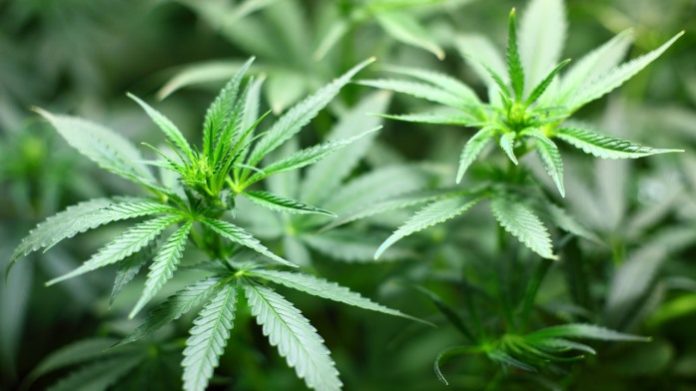Cannabis has a very characteristic smell – chances are, you’ve smelled it before. But did you know different strains have different flavours? Now researchers at the University of British Columbia can tell you which genes are responsible for which flavour.
Flavour country
If you’re a beer drinker, you probably know that hops have a huge range of flavours, giving different craft beers very unique smells and tastes. Cannabis is actually in the same plant family.
Just like hops, cannabis gets its flavour from compounds called terpenes such as limonene, myrcene, and pinene. Limonene, as its name suggests, produces a lemon-like flavour, pinene a piney-flavour, and myrcene an earthy flavour. This same family of compounds is responsible for many natural flavours including the flavours in grapevines, the smell of flowers, and even the taste of peppermint extract.
But how can you tell which strains will produce what type of flavour?
Terpenes are small molecules, meaning they aren’t produced directly from DNA instructions. Rather, the genome codes for enzymes called terpene synthases that produce terpenes from smaller building blocks. Joerg Bohlmann’s team at UBC searched the cannabis genome for potential terpene synthase genes and found 30 of them. Next, they were able to clone ten of these terpene synthase genes, test their terpene production in test tube, and compare the resulting terpenes to an extract from the cannabis plant.
You then know exactly which gene is responsible for the production of which flavour compound.
“The next step is to test the remaining two-thirds of the terpene synthase genes we identified and then, of course, compare between different strains of cannabis,” explains Bohlmann, who is a Professor at UBC’s Michael Smith Laboratories.
Bohlmann actually doesn’t expect to see that much genetic variation between strains. Rather, he hypothesizes that the differences will lie in the gene expression levels.
“It’s like a symphony orchestra. All the instruments are always there, but they don’t all play at the same time. Depending on which ones are playing, you get a different melody.”
Anticipating legalization
The long-term goal of studies like these is to have defined cannabis varieties with known molecular and genetic composition. Especially in preparation for cannabis legalization, which is expected to be announced sometime this month.
“Much of the cannabis industry right now is in ‘back alleyways’. Everyone grows their own strains and you never know what you’re going to get.”
But if recreational cannabis use is legalized, those interested in growing the industry will likely want more information and more control over what they’re producing. Like in the wine industry, where if you buy a Pinot grape vine, you expect to get wine with a certain range of flavours.
Bohlmann’s research may also have implications for the medicinal properties of cannabis. There is some evidence that terpenes interact synergistically with THC, the main medicinal component of cannabis, though the exact mechanism is still unclear.
With legalization, we can expect a shift to a much more rigorous and standardized approach to cannabis production, and research like Bohlmann’s will provide the foundation.








































